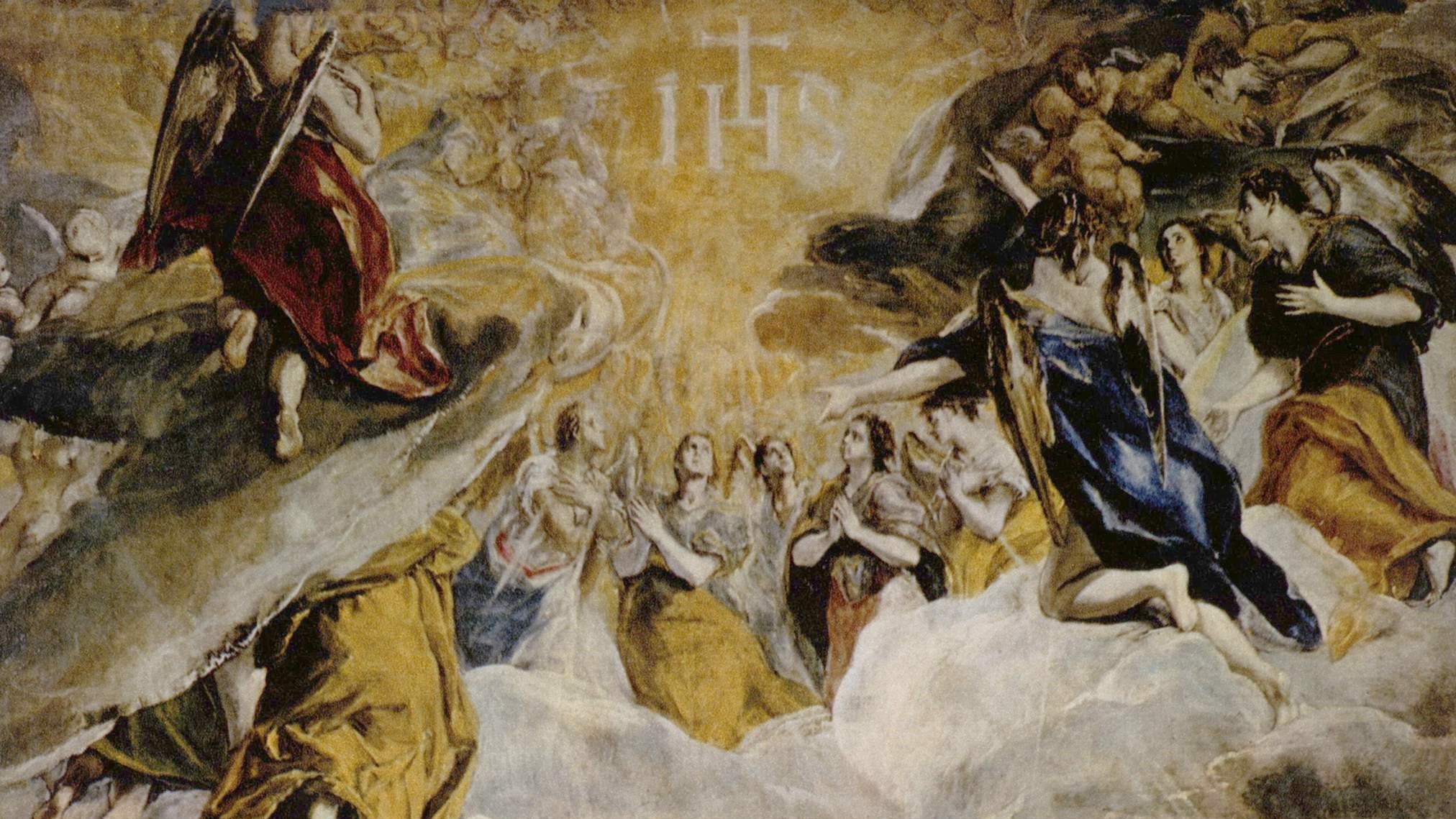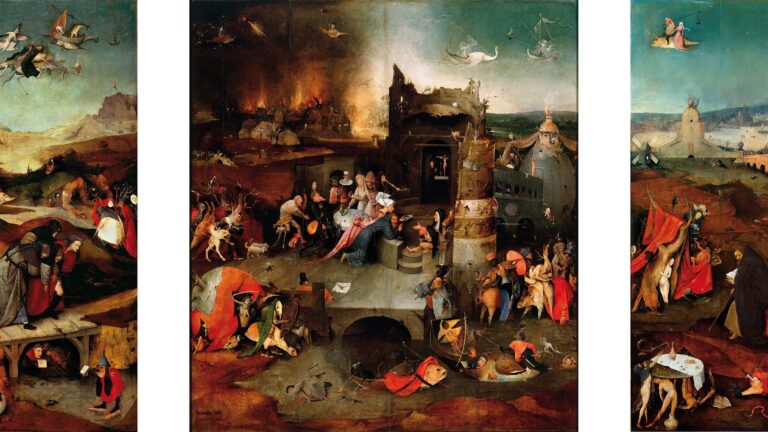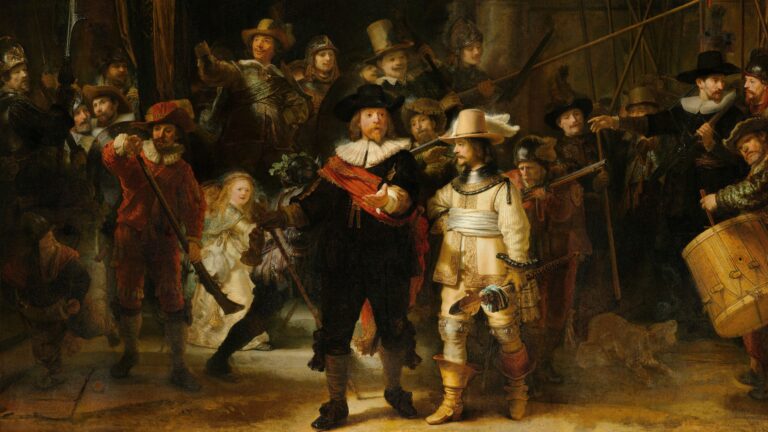We live in an unprecedented visual age—one defined by both abundance and poverty of images. Each day, roughly 95 million photos and videos are uploaded to Instagram alone. Every one of these images requires from the viewer barely a fraction of a second’s attention, just enough to swipe past. This rapid-fire consumption reveals a profound crisis: our eyes have grown accustomed to looking without truly seeing.
The roots of this phenomenon stretch back decades, notably exemplified in the shift from Fred Rogers’s gentle, lingering camera shots in Mister Rogers’ Neighborhood to the rapid montage sequences popularized by Sesame Street. Today, that acceleration has reached its peak, reshaping the visual habits of adults and children alike. Images no longer encourage contemplation; instead, they demand instant, superficial reaction. In this constant flow of stimulation, visual perception has been flattened, imagination numbed, and attention fragmented.
The insight that seeing is not merely physical but inherently moral is central to Christianity’s theological vision. In Matthew’s Gospel, Christ teaches: ‘The eye is the lamp of the body. If your eyes are healthy, your whole body will be full of light. But if your eyes are unhealthy, your whole body will be full of darkness’ (Matt. 6:22-23). Christianity insists that how we see shapes who we become. In our image-saturated world, rediscovering this ancient insight could help correct our visual impoverishment.
The Algorithmic Eye
The digital age has transformed the human eye from an instrument of contemplation into a tool of consumption. Algorithms carefully curate our visual experiences, exploiting attention as a resource and turning personal interaction into commodified spectacle. On social media platforms, images exist primarily to attract attention, not to inspire reflection. This constant barrage creates what sociologists call ‘visual fatigue’, gradually eroding our capacity for awe and wonder.
Philosopher Marshall McLuhan famously argued that ‘the medium is the message’. If this is true, then the message embedded within modern visual media is one of incessant immediacy, sensory overload, and narcissistic self-display. The digital image functions as a mirror, reflecting ourselves back in an idealizicon,ed form, rather than as a window leading our gaze toward something greater.
Icon Versus Image
To understand an alternative, we might consider the Christian tradition of the icon. Icons are not merely religious artwork; they embody a theological claim about matter, spirit, and vision. The central conviction behind icons—that the material world, when rightly fashioned, can serve as a channel for divine reality—was articulated decisively during the iconoclastic controversies of the 8th and 9th centuries.
‘Icons are not merely religious artwork; they embody a theological claim about matter, spirit, and vision’
Opponents of icons argued that portraying Christ risked heresy by either diminishing His divinity or attempting to depict the invisible God. The defenders of icons, whose views prevailed at the Second Council of Nicaea in 787, countered that because Christ Himself became incarnate—visible and tangible—depicting Him affirmed rather than denied the doctrine of the Incarnation. This insight was deepened by later theologians, notably Gregory Palamas, who explained that icons do not depict God’s inaccessible essence, but rather His accessible divine energies. Thus, icons point beyond themselves, inviting reverence rather than ownership.
Digital Iconoclasm
This reverence is precisely what digital images fail to achieve. Unlike icons, digital imagery seeks immediate attention rather than lasting contemplation. Where the icon invites silent, patient engagement, the digital image demands quick reaction. Icons are intentionally static; social media images thrive on movement and novelty. The contrast is stark: digital culture emphasises exposure, performance, and constant external validation, stripping away the private, sacred interior life traditionally guarded by silence and modesty.
The loss of reverential images has not produced a more enlightened or rational culture. Rather, it has created a superficial, restless one. By training our eyes in endless novelty rather than disciplined attention, digital culture has impoverished our capacity for spiritual depth and authentic wonder.
Icons as Resistance
Contemplating an icon today thus becomes an act of cultural resistance. Unlike digital images, icons do not entertain; they educate. Their purpose is to discipline the senses and foster spiritual insight through steady, patient attention. Icons are not primarily aesthetic objects intended for galleries or museums. They are liturgical instruments, integral parts of a wider worship context. They invite not admiration but veneration—censed, kissed, carried in processions—reminding the viewer that true seeing involves humility and restraint.
In an age dominated by the immediacy of scrolling, the icon insists upon stillness. Where modern images reflect narcissism, icons guide the viewer toward transcendence. The practice of looking reverently at an icon can serve as a powerful antidote to the visual distractions of modernity.
Renewing Visual Culture
Can such an ancient tradition resonate with contemporary sensibilities? Recent developments suggest it can. Movements like New Sacred Art, emerging within both Eastern and Western Christian circles, strive to renew sacred imagery’s role in contemporary culture. Artists such as Jonathan Pageau and Aidan Hart exemplify this recovery, emphasizing beauty not merely as decoration but as a form of evangelization and spiritual formation.
‘The essential question for our visual age is not whether we need images…but what kind of images shape our souls’
The essential question for our visual age is not whether we need images—we unquestionably do—but what kind of images shape our souls. Christianity’s iconographic tradition insists that true sight requires moral discipline. It provides a framework for images that do not flatter or distract but instead orient the viewer toward higher truths.
Toward a Conservative Aesthetics
Christian iconography thus remains profoundly relevant. Far from a nostalgic curiosity, it represents a disciplined, morally robust approach to vision. Icons remind us that images profoundly shape our understanding of reality and that discerning vision is essential to spiritual health. In a world characterized by visual overload and shallow spectacle, icons offer a path toward deeper seeing and meaningful contemplation.
Ultimately, our contemporary crisis of images calls not for fewer images, but for better ones. It calls for images that serve as windows, not mirrors—leading us beyond ourselves toward transcendent truths. As icons remind us, true vision is not about capturing reality but revealing it. Our challenge is to recover and reintegrate this ancient wisdom, reshaping our visual culture into one marked by reverence rather than mere reaction.
Related articles:







